No one could blame Kelley Miller for being scared. Of cancer. Of genetics. Of statistics.
About two and a half years ago, her cousin received a diagnosis that no 34-year-old expects to hear: breast cancer.
“She had just had a baby,” said Miller, 34, a Spectrum Health Helen DeVos Children’s Hospital coordinator of health and wellness. “They think that fueled what she had lying dormant in her. Her oncologist figured it had been there for 10 years.”
Miller wasn’t about to wait a decade to see if genetics would generate cancer in her life. She visited Spectrum Health Cancer Center experts for genetic testing.
“I found out I had BRCA genetic mutation (1),” Miller said. “Everyone has a BRCA gene, which is a tumor suppressor gene. Some have a mutation so the body can’t suppress tumors like it should.”
That’s where the fear strikes. Hard. As in up to an 87 percent chance of getting breast cancer and up to a 45 percent chance of developing ovarian cancer. Potentially deadly cancer.
Women in the general population have a 12.5 percent of developing breast cancer and a 1 percent chance of developing ovarian cancer.
“The chance is hugely, wildly increased (with the genetic mutation),” Miller said.
Judith Hiemenga, MD, a cancer genetics specialist with Spectrum Health, said about 1 in 400 people carry a mutation in one of the BRCA genes.
Dr. Hiemenga said estrogen-blocking agents can help reduce the risk of breast cancer in high-risk women, but a bilateral mastectomy can reduce the risk of breast cancer by up to 95 percent.
If left unchecked, women with such a mutation have a significantly increased risk of developing breast cancer, including early onset breast cancer.
The news doesn’t get better with ovarian cancer risk for people with the gene mutation. Pregnancy, birth control pills and tubal ligation decrease the risks for ovarian cancer but the biggest and most reliable risk reduction is surgery.
“Removing the fallopian tubes and ovaries cuts the risk for ovarian cancer in high-risk women by 90-plus percent,” Dr. Hiemenga said.
The odds won
Miller’s cousin decided to have a complete bilateral mastectomy after chemotherapy.
“She had two or three more tumors that developed while she was on chemo,” Miller said. “You don’t want to have to worry.”
It was more or less not if you get breast cancer, but when.
Her cousin beat the odds for a time. After the mastectomy, she had a hysterectomy, including removal of her ovaries. She was cancer free for six months.
Unfortunately, the cancer ultimately won. It spread to her lymph nodes. Then to her brain. Then took her life last November.
Because of the young diagnosis and discovery of a genetic mutation, her cousin’s parents were tested. Tests showed the mutation came from Miller’s dad’s side, her uncle.
“Digging into my family history, I found out it came from my grandma,” Miller said. “It can’t skip generations (and it gets passed through men and women).”
Many family members got tested. Many turned up positive, including another cousin, just 25 years old.
“They contacted me and I got tested through Spectrum Health and found out I had the mutation,” Miller said. “I just kind of expected it because, at this point, nobody had tested negative. It’s supposed to be 50/50 odds but everyone was testing positive.”
Miller met with a team of geneticists, OB-GYN oncologists and breast surgeons.
“Basically, if you are done having kiddos, it’s recommended having your ovaries removed by the time you’re 35 otherwise your risk (of ovarian cancer) goes from 1 to 40 percent,” Miller said. “It’s a big decision for anybody.”
Removal can also help fend off cardiovascular disease and osteoporosis.
But given her family history, it seemed an easy decision for Miller to make. She had her ovaries removed in the fall of 2014, at age 32. She immediately entered menopause.
But deciding to remove her breasts? Not such an easy decision.
Not if, but when
“I had gone through a divorce between my diagnosis and my surgery,” Miller said. “I met with a breast surgeon, who recommended a mastectomy to essentially eliminate the risk. It was more or less not if you get breast cancer, but when.”
Her doctors recommended high-contrast digital mammograms (tomosynthesis) every six months.
“At my very first mammogram, I had a lump,” Miller said.
An ultrasound biopsy deemed it benign.
“Luckily it was nothing, but it definitely made things very real,” she said. “I started to talk seriously about (a mastectomy). I met with a plastic surgeon, but I just wasn’t there yet.”
In December 2014, a family aunt who had been identified with the dreaded mutation developed breast cancer.
And her younger cousin?
“She had her very first MRI last summer and was diagnosed with breast cancer,” Miller said. “My family history was getting worse, not better.”
Thunder cracked inside her soul. No more waiting for the rain to fall. The answer came pouring down.
“Being a single mom with a significant family history, I decided I would rather take control and do what the oncologists were recommending and go ahead with a preventive mastectomy,” Miller said. “I had kids to be here for. Why wait for cancer to find me?”
She made her appointment for Feb. 8, 2016.
“During my waiting period, my cousin passed away,” she said. “She left behind a 3-year-old daughter. It made things very real and solidified for me why I was doing this.”
Miller has completely recovered from her mastectomy and is in the process of reconstructive surgery.
Another cousin, a 20-year-old Grand Valley State University student, recently tested positive for the gene mutation. She met with Spectrum Health Cancer Care Center surgeons on August 16 and has scheduled a double mastectomy for this winter.
As a precaution, Miller had her 14-year-old daughter tested, a non-standard procedure for a child that age, but given the family history, Miller wanted peace of mind.
“I knew my daughter had to be tested sooner rather than later,” Miller said. “She completed the genetic testing in May. She does not have the genetic mutation. You always care more about your children than you do yourself. I’m thankful to know she doesn’t have to deal with this.”

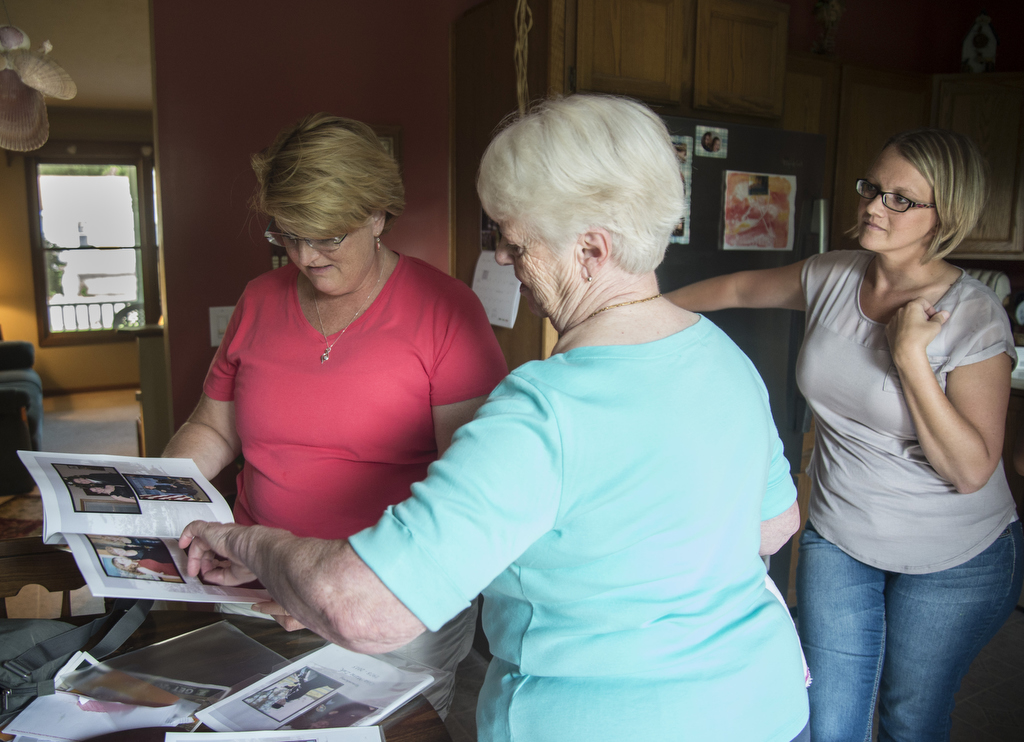

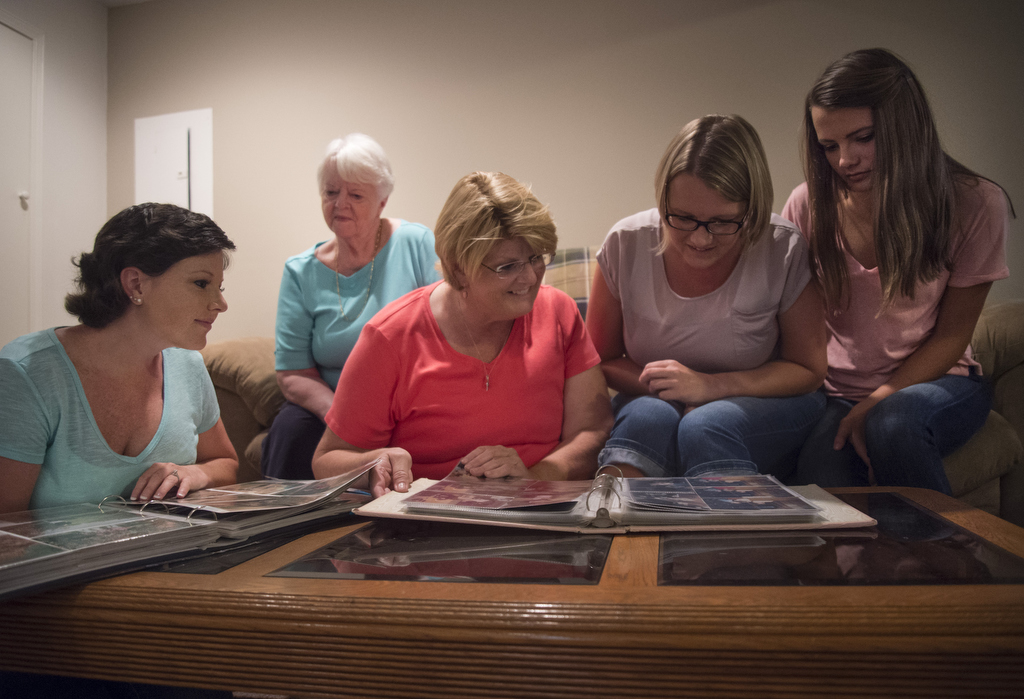
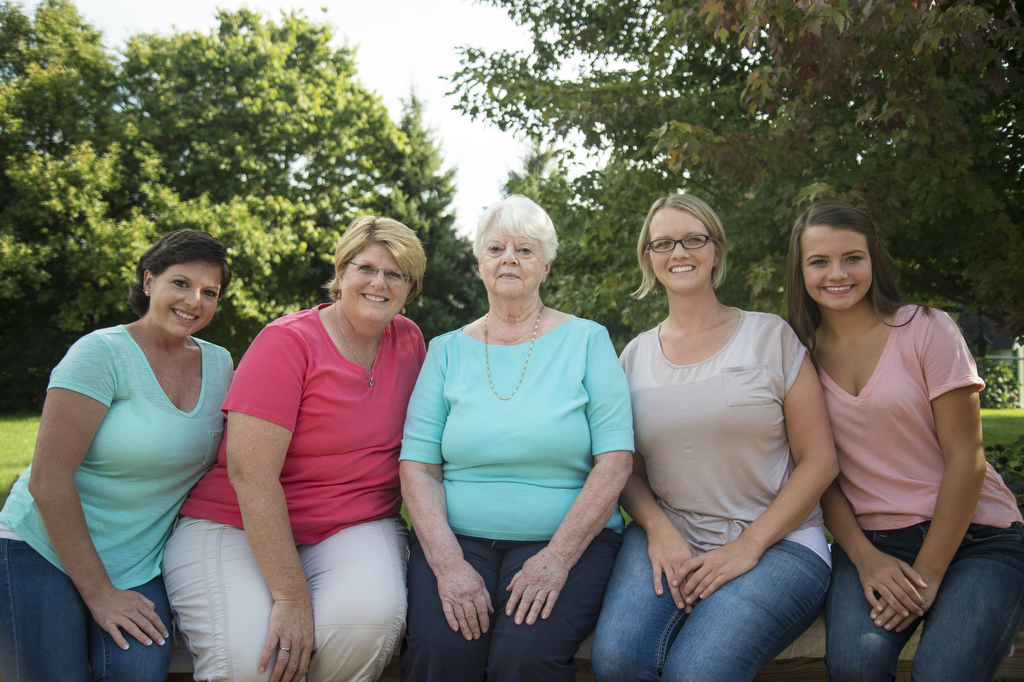
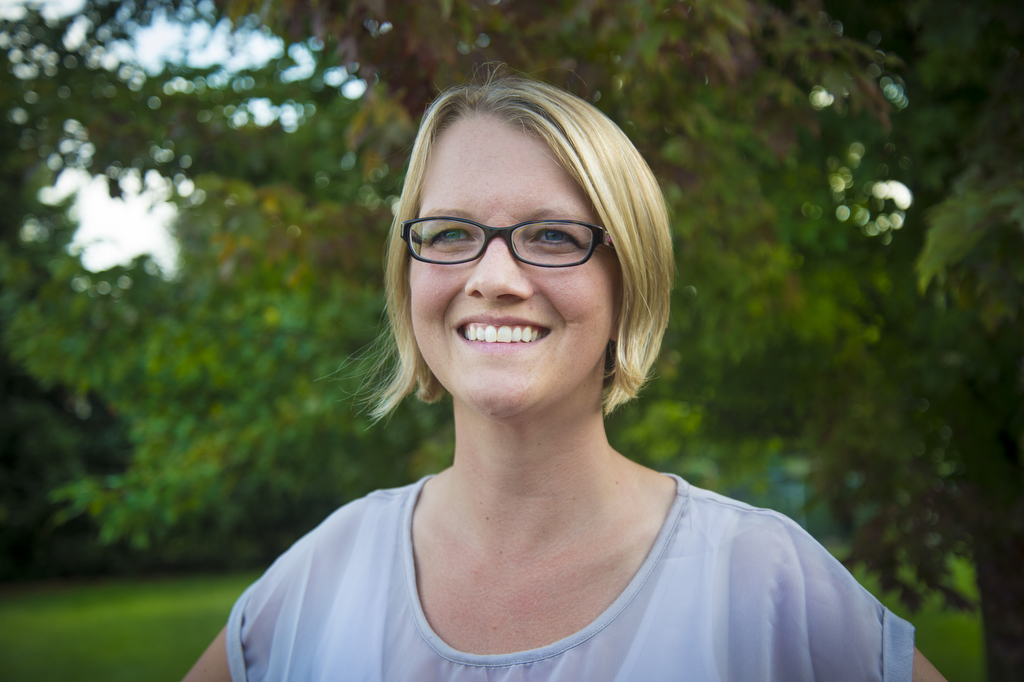
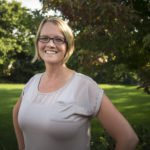



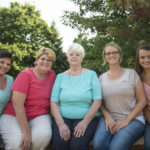
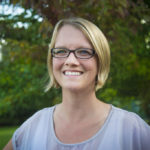
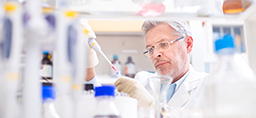 /a>
/a>
 /a>
/a>
 /a>
/a>
Kelley I am so proud of the decisions you’ve made. I am an off shot one of your cousins on the Moore side, we don’t carry the gene Thank God but I did lose my Mother Dorothy Moore to breast cancer and it was horrific. My sister Denise Lamberson had a full Mastectomy after years of benign lumps. I had a radical Hysterectomy at 25 and I have yearly Mammograms with ultra sounds. So I just wanted to reach out and tell you how proud I am of your family for making really tough choices. This family has suffered way too much already and believe me your children will thank you for it. This is a big family and we’re all behind you.Peace and Love to You and Yours Dawn (Lamberson) Butcher.
I just saw this comment! Thanks Dawn, it means a lot. Sometimes I question if I made the right choice, but I know that I stand the best chance at being around for a long time this way!
Thanks again, Kelley, for sharing your story! It truly impacts others. 🙂